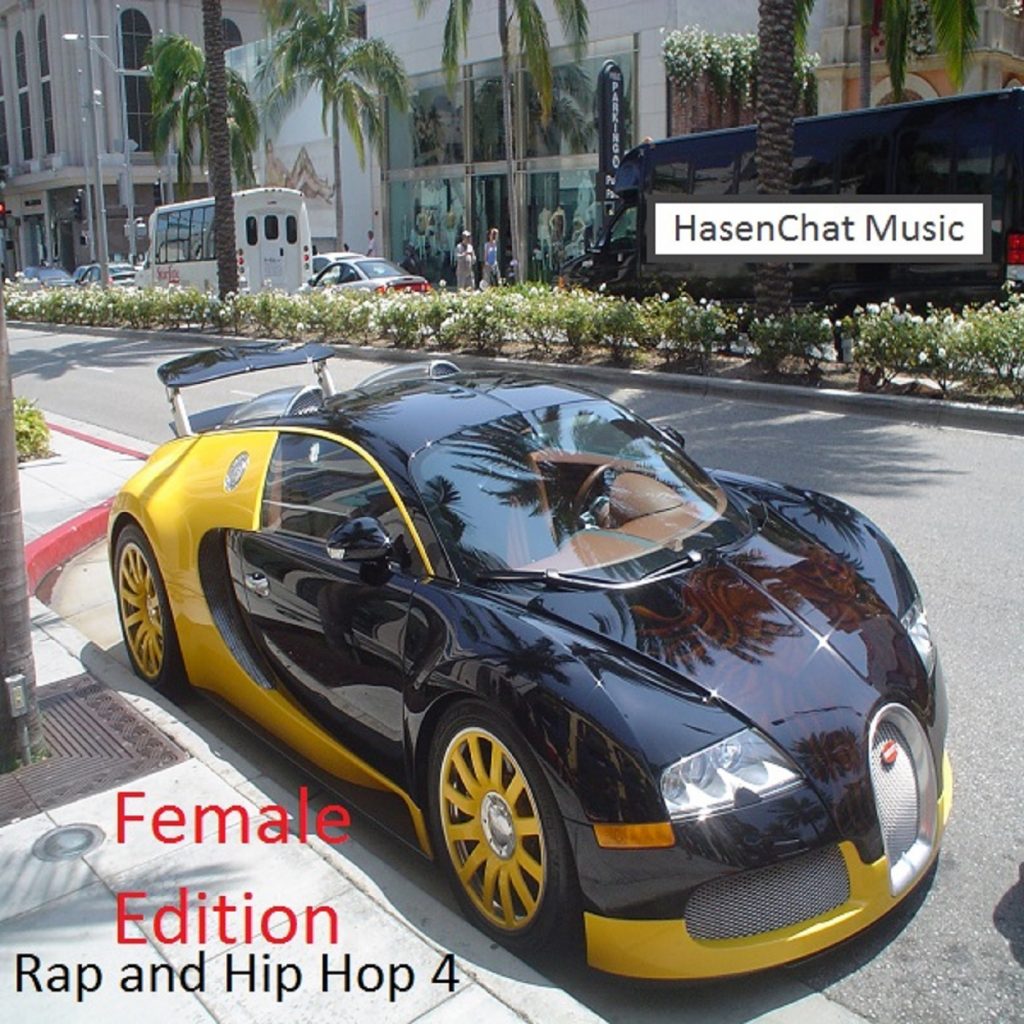
Rap and hip-hop have a growing and vibrant presence in Japan’s music scene. Japanese rap and hip-hop artists have developed their unique styles while drawing inspiration from the global hip-hop culture. Here are some key points about rap and hip-hop in Japan:
1. Emergence and Early Influences:
- Rap and hip-hop culture began to gain traction in Japan during the late 1980s and early 1990s. Early influences came from American and international hip-hop artists.
2. Japanese Rap Styles:
- Japanese rap has evolved to encompass various styles, including boom bap, jazz rap, trap, and more. Artists often infuse their music with Japanese language and cultural references.
3. Lyrics and Themes:
- Japanese rap lyrics cover a wide range of themes, including personal experiences, social issues, street life, and introspective reflections. Some artists incorporate elements of traditional Japanese poetry into their lyrics.
4. Language Use:
- While many Japanese rap artists primarily use Japanese in their lyrics, some may incorporate English words or phrases for stylistic reasons or to connect with international audiences.
5. Underground and Mainstream Scenes:
- Japan has both underground and mainstream rap scenes. Underground artists often prioritize artistic expression and lyrical depth, while mainstream artists may focus on commercial success and broader appeal.
6. Notable Japanese Rappers:
- Several Japanese rappers and hip-hop artists have gained recognition both in Japan and internationally. Some notable names include RHYMESTER, KOHH, AKLO, and Nujabes, among others.
7. Collaborations and International Connections:
- Japanese rap artists occasionally collaborate with international hip-hop artists, contributing to the global hip-hop community and expanding their reach.
8. Hip-Hop Dance Culture:
- Alongside music, hip-hop dance culture, including breakdancing (b-boying/b-girling), has also gained popularity in Japan. Dance battles and competitions are common in the Japanese hip-hop scene.
9. Hip-Hop Fashion:
- Hip-hop fashion trends, including streetwear and urban styles, have influenced Japanese fashion culture, and many Japanese hip-hop artists are known for their distinctive fashion sense.
10. Festivals and Events:
– Japan hosts hip-hop festivals and events, such as “Block Party” and “Rap Music Carnival,” which showcase local and international hip-hop talent.
11. Global Recognition:
– Some Japanese rap and hip-hop artists have garnered international acclaim, with their music featured in films, TV shows, and collaborations with artists from around the world.
12. Impact on Youth Culture:
– Hip-hop culture has had a significant impact on Japanese youth culture, influencing music preferences, fashion choices, and even language use.
Japanese rap and hip-hop continue to evolve and contribute to the global hip-hop movement while reflecting the unique cultural and artistic expressions of Japanese artists. The genre’s popularity and influence in Japan show no signs of slowing down.